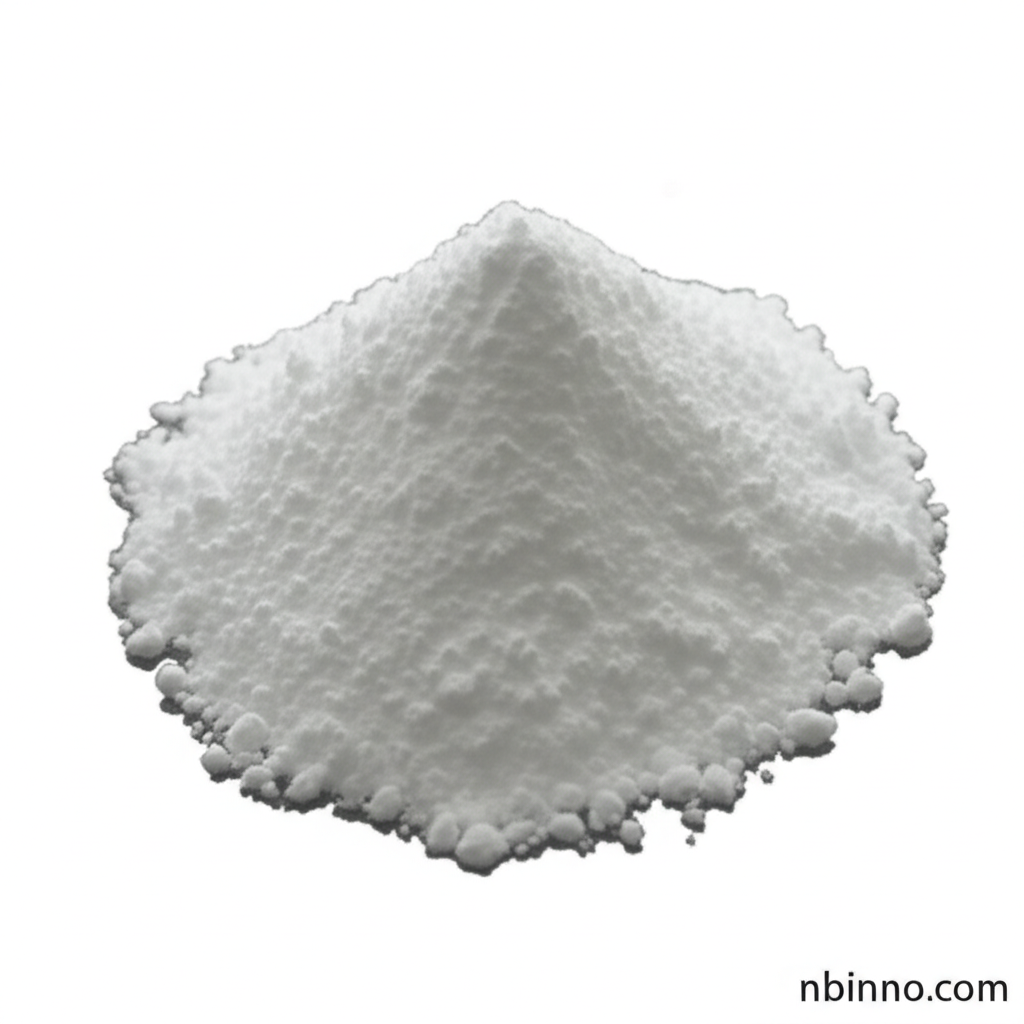Unlocking Chemical Synthesis: The Role of 7-Chloro-4-quinolinamine
Discover the essential properties and applications of this vital organic intermediate for your next project.
Get a Quote & SampleProduct Core Value

7-Chloro-4-quinolinamine
7-Chloro-4-quinolinamine, identified by CAS number 1198-40-9, is a critical organic chemistry building block used extensively in the synthesis of complex molecules. Its well-defined properties and chemical structure make it a reliable choice for various research and development applications.
- Leveraging 7-chloro-4-quinolinamine properties for precise chemical reactions in pharmaceutical intermediate synthesis.
- Exploring the versatility of organic chemistry building blocks like 7-chloro-4-quinolinamine in developing novel compounds.
- Understanding the importance of CAS 1198-40-9 chemical intermediate in the supply chain for advanced materials.
- Sourcing high-quality 7-chloro-4-quinolinamine manufacturers to ensure product integrity and consistent supply.
Key Advantages
Reliable Purity
With a purity of 97%+, this compound ensures dependable results when used as a pharmaceutical intermediate, crucial for drug discovery and development.
Chemical Versatility
Its structure as a quinoline derivative makes it a versatile reagent for various organic synthesis pathways.
Strategic Sourcing
Access to trusted 7-chloro-4-quinolinamine manufacturers facilitates efficient procurement for your chemical needs.
Key Applications
Pharmaceutical Synthesis
As a vital pharmaceutical intermediate, 7-chloro-4-quinolinamine plays a role in creating active pharmaceutical ingredients (APIs).
Organic Chemistry Research
Researchers utilize this compound as a key component in exploring novel reactions and synthesizing complex organic molecules, highlighting its value as an organic chemistry building block.
Fine Chemical Production
Its consistent quality makes it a preferred choice for the production of various fine chemicals, serving as an essential CAS 1198-40-9 chemical intermediate.
Material Science
Potential applications in material science exist, leveraging its heterocyclic structure for developing new functional materials.
